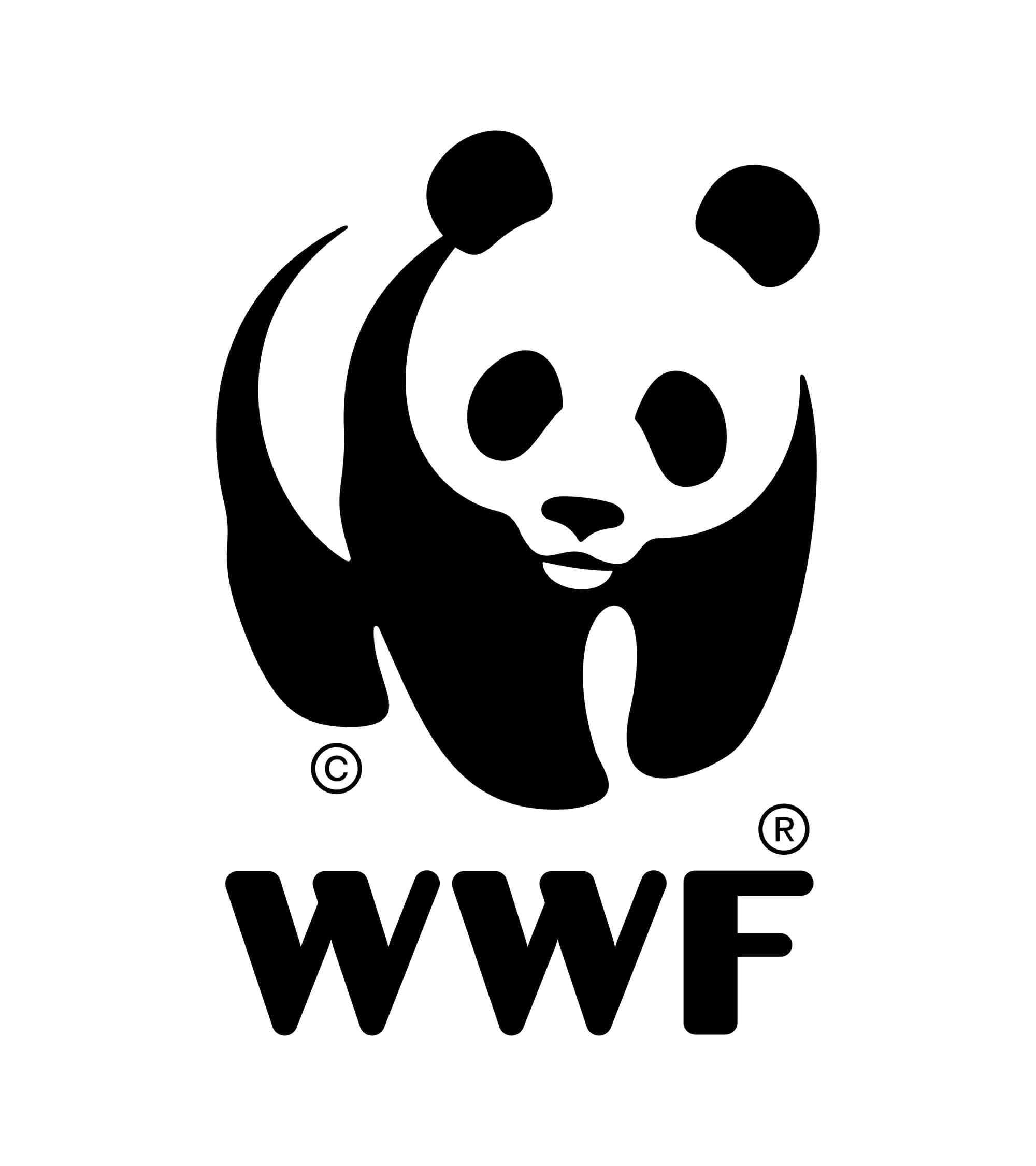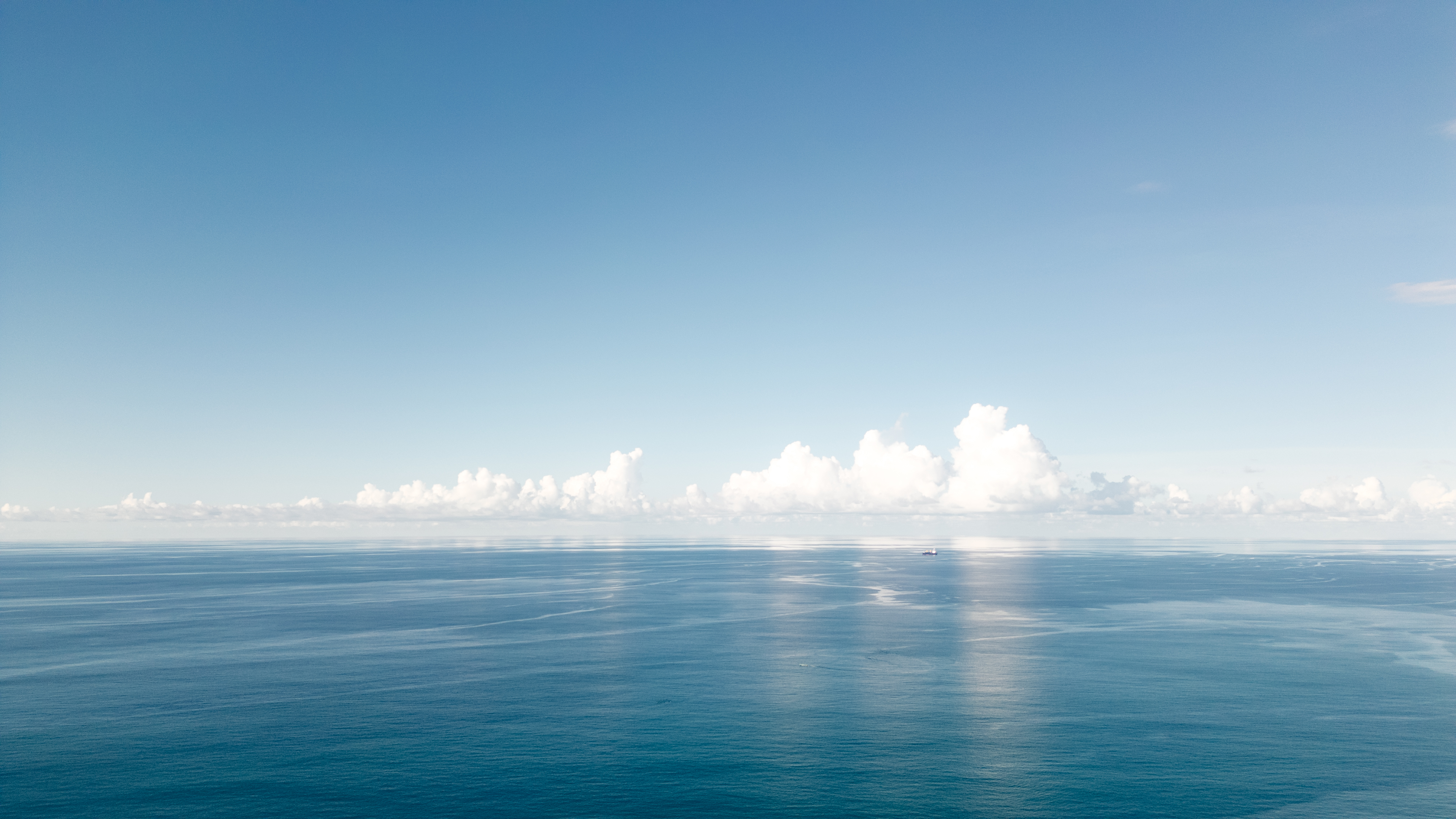DEVELOPING EFFECTIVE MANAGEMENT IN SUNDA BANDA SEASCAPE
WWF-Indonesia initiated a design of conservation and sustainable fisheries region with a seascape approach over the Sunda Banda Seascape through atwo day-workshop on Sunda Banda Collaborative Management held in Bali last year (2012).It aims to improve the effectiveness of coastal and marine resources protection within theSunda Banda Seascape with considerations of creating better livelihoods for local communities. Other sectors requiring utilization territorial waters such as transportation, mining, and defencesecurity will also be considered.
Aside from designing a common Marine Protected Areas, WWF-Indonesia is also trying to develop a new approach by incorporating fisheries management into marine protected area network management throughpromotion of exclusive rights for local fishers to access the resources. These efforts will support the adoption of sustainable fisheriestechniques by local fishers, which further will be strengthenedthroughtechnical development, monitoring, and law enforcement involving bothfishermen and private sectors. The lessons learned will then be promoted to the national level so Seascape-Based Conservation Plan and the Draft of Conservation Area Network can be aligned and integratedwith thenational spatial planning.
Recently, on October 8th and 9th, 2013, WWF initiated another stakeholders meeting of Sunda Banda Seascape management at Atlet Century Park Hotel, Jakarta. The two days-meeting aimed to support network of marine protected areas and partnerships in Sunda Banda Seascape management. Attendees comprised a number of stakeholders and delegates from relevant institutions such as Ministry of Marine Affairs and Fisheries (KKP), Ministry of Forestry, Ministry of Public Work (PU), Ministry of Transportation, Denpasar and Makassar Coastal and Marine Resources Management Agency, KupangNational Marine Protected Areas Centre (BKKPN Kupang), Maluku Province’s Marine and Fisheries Agencies(DKP) and Regional Development Planning Council (BAPPEDA), South East Sulawesi Marine and Fisheries Agency, and South Sulawesi Province’s Marine and Fisheries Agencies(DKP) and Regional Development Planning Council (BAPPEDA), and other government as well asnon-government organisations, i.e. Sustainable Fisheries Partnership (SFP), Conservation International Indonesia, Coral Triangle Centre, The Nature Conservancy—Indonesia Marine Program (TNC-IMP), Coral Reef Alliance, Wildlife Conservation Society (WCS), and International Society of Sustainability Professionals (ISSP).
On the first day, presentationscovered topics onutilization and policypatterns of Sunda Banda Seascapemarine and coastal spatial plan as well as development and policies of marine protected area network in the seascape.Groups discussion was assembled during the afternoon to discuss relevant issues on marine spatial planning and effective implementation of marine protected area and marine protected area network for sustainable use of marine resources, especially fisheries.The following day began with a presentation on Ecosystem Approach to Fisheries Management (EAFM), including Fisheries Improvement Program (FIP) and Aquaculture Improvement Program (AIP) inSunda Banda Seascape continued with abrainstorming session on appropriatepublication of Sunda Banda Seascape and required follow up steps for the seascape.
The two days-discussion resulted in anunderstanding that the currently established National and Regional Marine Protected Area in Sunda Banda Seascape have not been designed to support the sustainability of fish stocks that are crucial for coastal communities livelihood. In order to increase effectiveness of Marine Protected Area management, few elementsare required, including the Ecosystem Approach to Fisheries Management(EAFM) and Rights-Based Management (RBM) to ensure its relevance to sustainable fisheriesona broader scale. Moreover, as equally important is the effort to synergize other sectors with the marine and fisheries sector through the Coastal Areasand Small Islands Zoning Plans (RZWP3K).
In addition, the discussion reveals many challenges ahead to integrate conservation areas with fisheries management, such as the two contradicting regulationsused as references (Law No. 27/2007 and Law No. 31/2004)and need for advocacy at national level to ensure MMAF, as an institution authorized tomanagefisheries and marine protected areas able to perform and coordinate effectively with its directorates. Intervention from a higher authority, for instance at presidential level, alsorequired to resolve inter-sectoralconflicts that hinders the fulfilment of community needs related to fisheries business.
Completion of the two days meeting was marked with a formulization of several follow up actions that needs to begin within 1 year ahead, including they are documenting and promoting good fisheries practices at bothlarge and smaller scales, identifying champions of those fisheries as lessons learned on sustainable fisheries, encouraging effective collaboration between Coastal and Marine Resources Management Agency (BPSPL) with the central government, local government NGOs, and academics in conductingbioecology, socio-economic, and socio-cultural and fish species assessment to to complete the 12 data sets as Coastal Areasand Small Islands Zoning Plans(RZWP3K) materials, and finally promoting capacity building for local communities to support management measures including finding alternative livelihoods and fishing gear provisions. (Novita Eka Syaputri)





